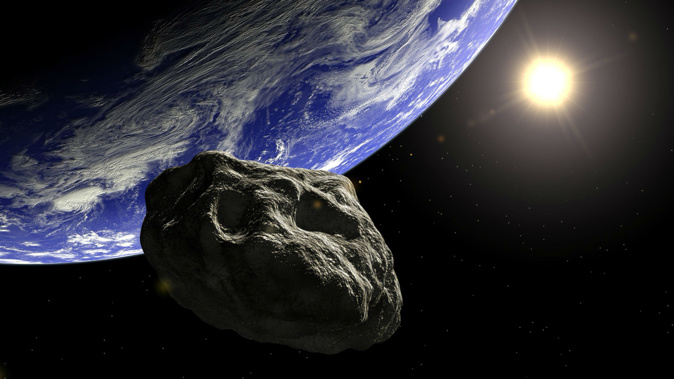
A massive asteroid estimated to be double the size of a Boeing 747 is headed for a close approach to Earth next week.
Asteroid 2016 NF23 is expected to skim past us on August 29 at just over 4.8 million kilometres away, or about 13 times the distance between Earth and the moon, the Daily Mail reports.
The huge space rock travelling more than 32,400 km/h is considered to be a "potentially hazardous" object given its proximity – but its trajectory should see it soar safely by in the early days of September.
/arc-anglerfish-syd-prod-nzme.s3.amazonaws.com/public/WT7XCCRE7NEZPI5X4AI4KDPJYI.jpg)
According to NASA, asteroid 2017 NF23 is about 70-160 kilometres.
That means even low-balling, the object is about as wide as the length of a Boeing 747 – and on the high end of the estimate, it could be double that.
At 160m, it would be taller than Egypt's Great Pyramid of Giza, which stands about 138m.
NASA tracks this and other near-Earth objects (NEOs) to keep track of any potential incoming threats.
This particular space rock is classified within the "Atens" group, named for asteroid 1862 Atens, because of its Earth-crossing orbit and smaller semi-major axis.
A diagram from NASA's Jet Propulsion Lab shows just how its orbit intersects with Earth's, with the asteroid getting closer and closer to our planet in the days leading up to August 29, when it reaches its closest point.
At this time, it will be about .03 astronomical units (au) away – or
Take your Radio, Podcasts and Music with you









